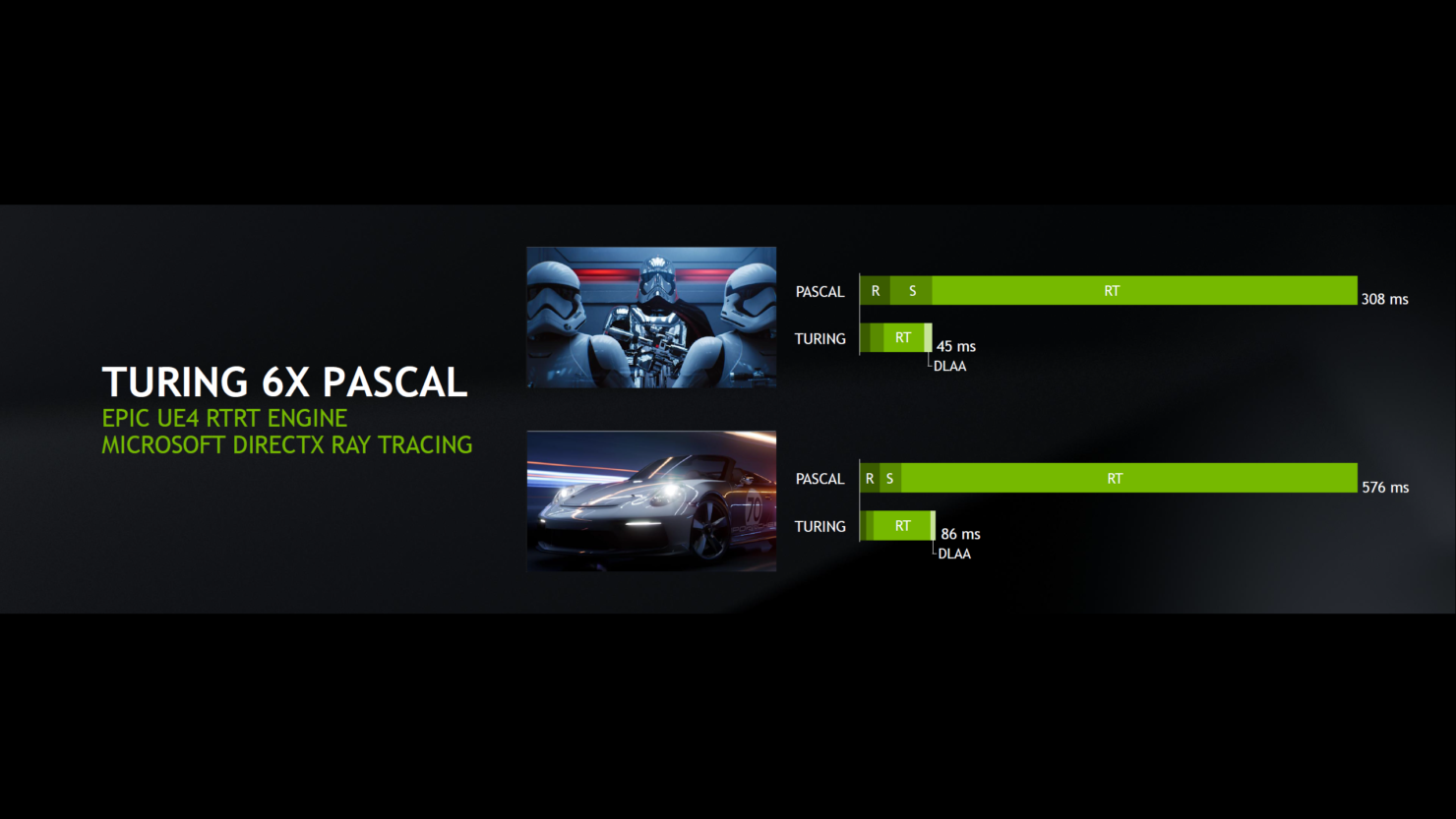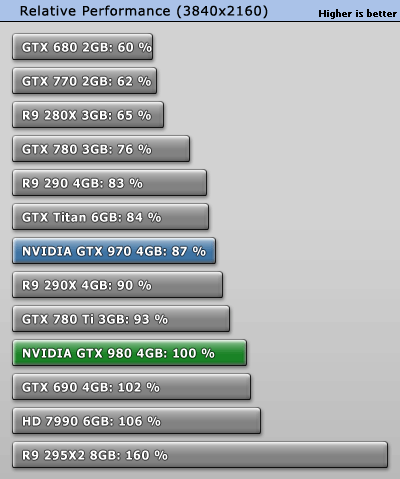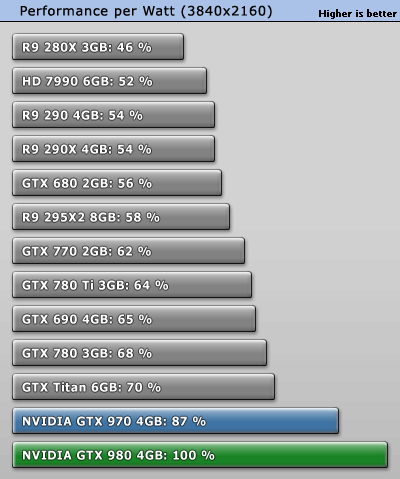spongiemaster
Dignified
What are you on about?
Turing was claimed to be 6x faster than pascal, and we all know that that claim was spot on.[/s]
I'll wait for the reviews.

Only in ray tracing, which was an accurate statement.
What are you on about?
Turing was claimed to be 6x faster than pascal, and we all know that that claim was spot on.[/s]
I'll wait for the reviews.

This leak came from an investment firm communicating with its clients. Not a situation you want to get caught lying. It carries much more weight than an unnamed source at wccftech.I expect most of this batch of claims will pan out just like when the 2080 was twice as fast (NOT!) as the 1080. (I'd be quite happy to be wrong, however, and would be thrilled for a 2070 Super equivalent card to come along (RTX3060?) at $300 or so...

Only in ray tracing, which was an accurate statement.

But that's not really what spread around as rumour now is it?
Makes you wonder what then, is meant by "50% faster" at "half power consumption" ... there's a lot of ways that could be interpreted.
I'll wait for the reviews, thanks.
There was no rumor I remember stating that turing was 6 times faster than Pascal. Has there ever been a video card 6 times faster than the previous generation? Maybe the Voodoo 1 vs whatever was fastest before it? I think I would have remembered if there was a rumor that Turing would be the biggest jump in performance in the history of the industry.But that's not really what spread around as rumour now is it?
Makes you wonder what then, is meant by "50% faster" at "half power consumption" ... there's a lot of ways that could be interpreted.
I'll wait for the reviews, thanks.
I agree, there's no way Nvidia has representative game performance #'s at this point, so either it is an estimate or target based on what they do have, or it is a lowlevel performance metric.Thats why I said it is probably throughput and not real world performance. I can easily see nVidia getting 50% better throughput. A die shrink and uArch update can do that. It just may not translate directly to real world gains.
There was no rumor I remember stating that turing was 6 times faster than Pascal.
...
It wasn't a rumour - it was a headline in in a fair few articles. I posted a source link to one of the tech articles that claimed that, in the post you quoted ... the part highlighted in red is a hyperlink.
I usually try to not just make stuff up as I go along ... 😉 Although I do get accused of that occasionally ...
That's a pretty typical example of bad click bait reporting. That article was a recap of Nvidia's official Turing announcement. The chart I posted above being part of that announcement, so there was no ambiguity from Nvidia where Turing was 6x faster.
...
Shouldn't talk about fanboys as competition keeps prices low and all benefit. AMD is doing great things with CPUs while Intel does vaporware. Nvidia rocks GPUs but AMD keeps them honest as far as prices. I am a reality fanboy.AMD fanboys on panic mod.
Tessellation made games look better. Ray tracing doesn't. It's "opportunity cost" look it up. The idea is if you have to run your frame rate at 1/3 for ray tracing, you have to ask how good could you have made it look instead, if you applied 3 times the performance using the old techniques? My meaning is would you rather a GTX 1050 game with ray tracing, or a game that maxes out the 1080 ti in visuals, at the same frame rate? I'll take next gen visuals using the old technique over playing last gen games with ray tracing every time. It's a huge waste of money as you split your silicon resources (ray tracing related calculations require different silicon that can't speed up traditional rendering). You're building a giant GPU full of matrix multiplication and INT8 performance instead of floating point shading performance.
Wish granted! You will be able to buy one soon for just $699 USD! : 3I wish the rtx 3060 is going to be faster than 1080ti
Consoles have no bearing on anything PC wise. If anything PCs drive console technology, especially now that consoles have basically become ultra custom PCs.
They both do. Just because you don't think it doesn't does not mean it does not. Ray Tracing absolutely increases quality for multiple items. If we could do real time RT for everything and get the performance we want it would be mind blowing how realistic by comparison it would be.
As said this is the same as any other performance heavy technology. Do you think Super Sampling was worth the cost originally? No. But now its useful since people have GPUs that can perform at X resolution but their screens only show Y resolution so use SS to get better visuals for less of a performance hit than normal AA.
it does have the "opportunity cost" in place to lower the cost of creating software

Nvidia has traditionally gotten more real world game performance per FLOP compared to AMD. At stock speeds, the Radeon VII has more TFLOPs (13.8) than a 2080 Ti (13.5) despite on average losing to a 2080 (10 TFLOPS). If big Navi only reaches 18 TFLOPs, that would put it in roughly 2080Ti territory. If the 3080ti surpasses 20 TFLOPS, even the regular 3080 is going to blow by AMD's best while the Ti will be all out by its lonesome again.Pretty sure the 50% faster means the TFLOPS, in games it might be 30% faster at maximum. An OCed 2080 Ti can reach 16.3 TFLOPS. My OCed 2080 Ti does 16000 in Time Spy, a heavly OCed 1080Ti does 11000 so the 2080 Ti was a 46% improvement in synthetic benchmark. Their 50% faster claim is completely legit in synthetic benchmarks. 13TFLOPS stock 2080 Ti x 50% +13= ~20TFLOPS. Big Navi from AMD is rumored to be 18TFLOPS. Ampere is going to be faster by 10% in my opinion but Big Navi will be cheaper. 4K 120FPS might become a reality with a heavily OCed 3080 Ti
yeah little screwy to compare a 2gb-4gb cards at that resolution.Whaat??


WOW, the 295X2 is 60% faster than a GTX980 at 4K!!member? on the same node!



